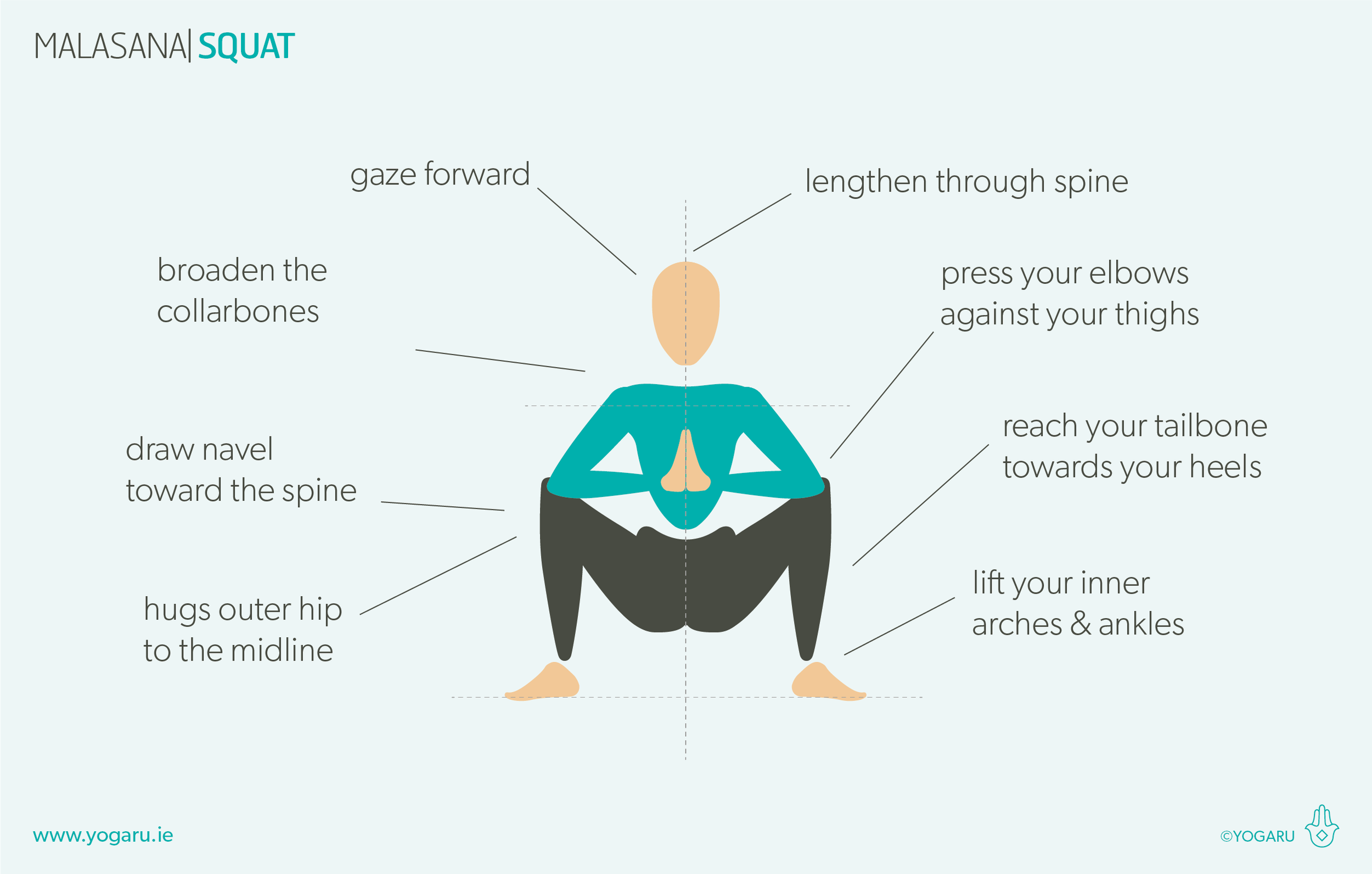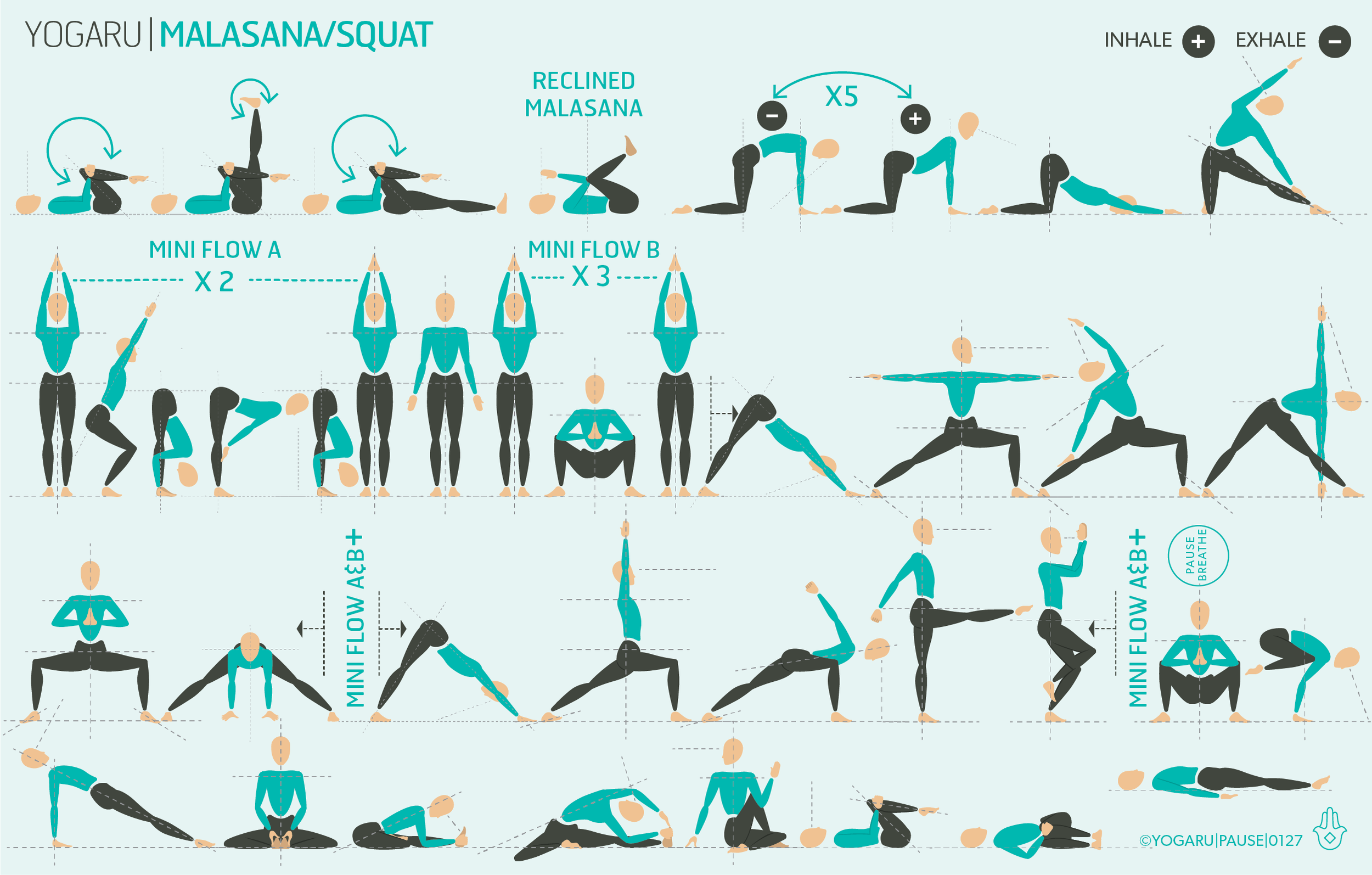BUILDING A RELATIONSHIP WITH YOUR MAT
In my recent article ‘10 Reasons to build a home practice’ I shared the benefits of stepping on your mat when it suits you, and practicing exactly what you need, as often as you like. In this article I use my own personal practice as a case study to show you how you can tailor your practice to your needs and get the most out of your time on your mat. You will find an accompanying tutorial for this article called ‘Tailoring your practice’ in my YouTube channel. If you’d like to download a fresh ‘Practice self inquiry’ and ‘The benefits of yoga’ go to ‘10 Reasons to build a home practice’.
When I started home practice I noticed the closer I got to my practice the better I became at tailoring to my ever changing needs. With time I learnt which poses to practice to support me with whatever I brought to my mat. My mat has become my comfort blanket that has seen me through over 20 years of life's ups and down and I hope it will continue to support me for many years to come. My relationship to my practice is a give and take relationship. If I don’t show up on my mat I don't get to experience the many benefits of yoga, if I push too hard I increase my chances of injury. I hope to help you establish your relationship to your practice, reap the fruit of your efforts and enjoy every minute.
HOW MY PRACTICE HELPED ME TODAY!
This is my self inquiry which I filled out at the start of this week. I used it to help me get the most of my time on my mat with more directed pose choices. Each day I step on my mat I check through the list to remind me what my focus for my practice was and revised ‘What is the rest of my day like?’ for each day. I usually review it at the start of each week and fill in another inquiry if other needs and issues arise. When I have the inquiry filled out I start to build a picture of which pose families will best suit me each day.
Here is the translation of my self inquiry into ‘pose families benefits’ from the benefits list below. I have highlighted:
Ease headaches - headache relief.
Eases stress & tension - overall muscle tension relief, stress relief, clenching jaw in sleep.
Builds strength - glutes, ankle.
Aids relaxation - mood balanced but teetering some days.
For my sequence I picked warm ups, standing poses, backbends, forward bends, twists, seated, gentle inversions and a restorative Savasana. I also picked a peak pose of Natarajasana/Lord of the Dance which is a standing, backbend pose. It will help open my chest, strengthen my glutes and ankles, and stretch my shoulders and hamstrings. It also deeply stretches the hip flexors which are a family of muscles deeply connected to the sympathetic nervous system (fight & flight response) addressing my underlying stress levels.
I go back to my list again to check that I addressed all my needs. My energy levels are not bad but because I have a busy day ahead I am going to practice gently and leave out arm balances which are a more strenuous family of poses. Seated poses are ticking lots of boxes for me at the moment so I will spend more time than usually in my seated poses and be sure to include some seated forward bends and seated twists to tick two families in one pose. I also remind myself of my two injuries that I need to consider throughout my practice.
PUTTING IT ALL TOGETHER
Below is the sequence which I created with an overlay of the pose family symbols and muscle group symbols. You will find the symbols guide in your 108 Asana deck or you can go to the asana section. This illustration gives you an ‘at a glance’ reason behind why each poses features in the sequence. Its important to note some of the multiple benefits are retrospective bonuses. There are many benefits to each pose. Poses you pick for one issue from your self inquiry will most likely address other issues too. For example I picked the last pose on the first row to prepare my quads and hip flexors for my peak pose, but you will see from the benefits list it will also help relieve stress and tension because it is a backbend.
ALIGNMENT CUES
The peak pose for my practice at the moment is Natarajasana/Lord of the Dance. This sequence stretches you in all the right places and strengthens you in all the right places to prepare you for Natarajasana/Lord of the Dance. If this is a pose that you struggle to balance in stand by a wall for support. If you can’t quite reach the back leg you can use a belt to extend your reach.
Have a read of the tips below and either print out the sequence or save it onto your device:
From Tadasana, hands on hips, inhale, pour your weight into your left foot, bend your right leg back and lift your heel up towards your right buttocks.
Reach your right hand back and hold onto the outside of your right foot, lift your right foot up and back, press your foot into your hand and your hand against your foot, hips level and squared forward, right knee in line with right hip.
Extend your sternum forward and up, broaden through the collarbones, shoulders level.
Reach your left arm up high, press your thumb and forefinger together, gaze to the fingers of your left hand.
To save the images for personal use on your phone click and hold down the image until the ‘save image’ option appears; on Mac hold down ‘control’ and click the image to get the option box; on PC right click on the image to get the option box. Scroll down in the ‘option box’ and click ‘save image’.
Ruth Delahunty Yogaru










